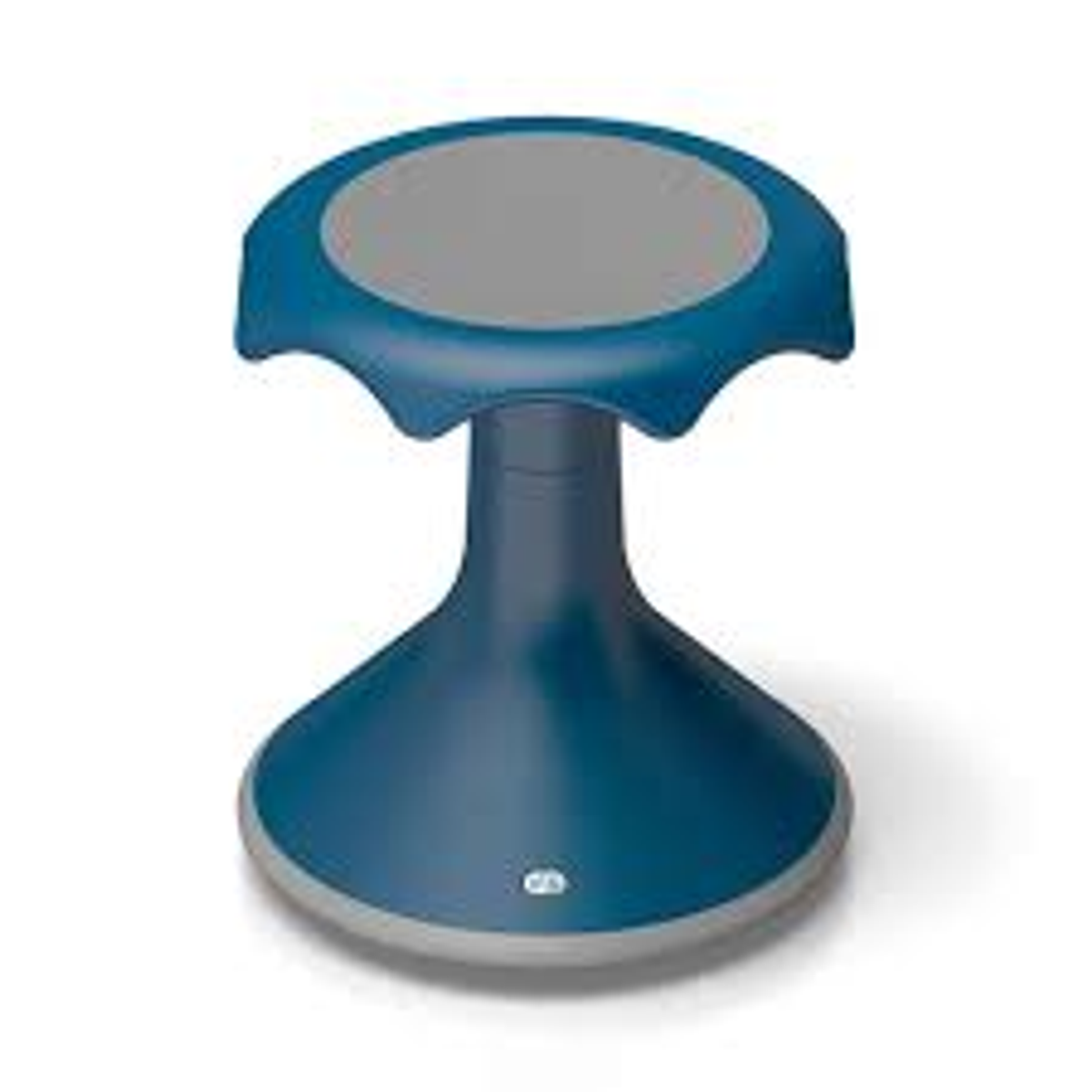WELLBEING AND INCLUSION

Sensory Seating
What is Sensory Seating?
As part of our professional learning, the staff at Chilwell Primary School have focused on sensory seating. At Chilwell, the types of sensory seating we currently have available are wobble cushions, wobble stools and stand-up tables.
The aim of all sensory seating is to help students with their attention and focus. It is understood that children who move about are doing this to help keep themselves regulated and/or alert. Some children might move in order to help themselves focus. Others may move because it helps to keep their body and/or thinking more organised.
The idea of a wobble cushion or wobble stool is that it helps students who are seeking movement, to get this extra movement whilst sitting in a classroom.
Sensory Seating in the classroom.
Sensory seating is a part of each classroom at Chilwell. It is used to help maintain alertness. Sensory seating can be used:
*during lessons, especially when listening is required;
*when seated at a desk working; and/or
*during floor time – sometimes it can be helpful if the student stays on their chair rather than sitting on the floor.
Sensory Seating at home.
Sensory seating can be useful at home too. You may notice that children or adults in the home rock back and forth in their chair, move about in the chair, fidget when seated, slump while sitting or find it hard to stay seated. Maybe a sensory seating option could be useful at the dining room table, during homework time or at an office desk.
Virginnia Gilham – Inclusive Practices Leader
Source: Griffin OT https://www.griffinot.com/




